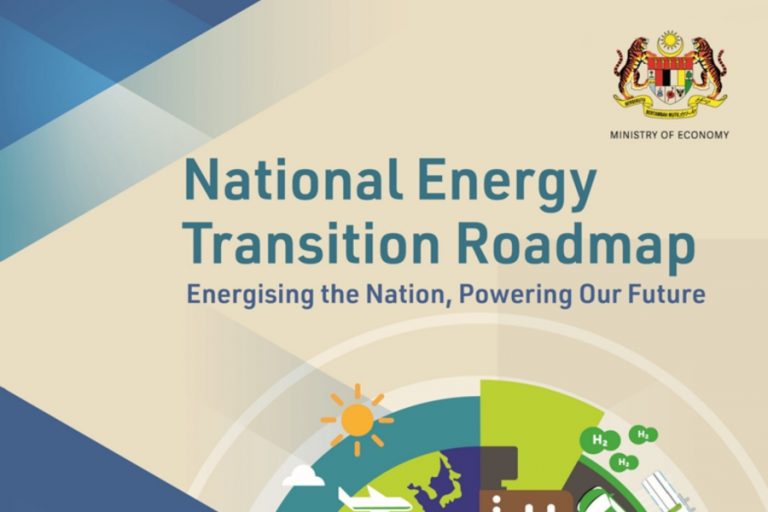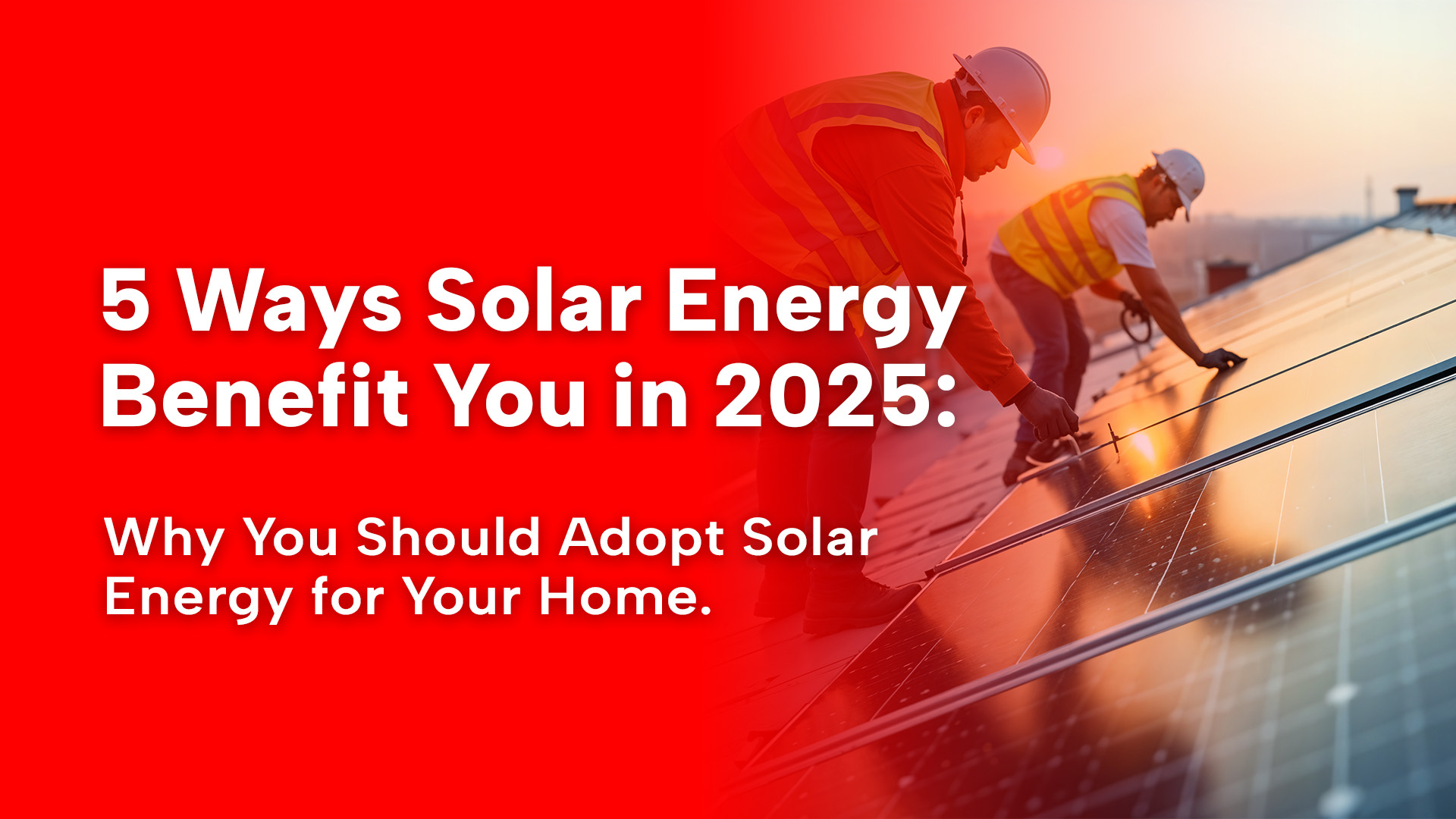New Year, New Electricity Tariffs
Tenaga Nasional Berhad (TNB)’s proposed electricity tariff hike of 14.2% from the base tariff in Peninsular Malaysia effective July 1 2025 to December 2027 has drawn the ire of many citizens alike. Some see it as unjust, but others might see it as a push to explore alternative sources of energy–solar power.
As solar adoption rates steadily increased over the years from a capacity of 11.3GWh in 2020 to a predicted 17.2GWh by 2030, the government has continued encouraging solar adoption in Malaysia through numerous incentives such as the SolaRIS and Net Energy Metering 3.0 (NEM).
SolaRIS and NEM 3.0
In an environment where financial costs and limited knowledge of solar power are the main hurdles to adoption, the SolaRIS scheme aims to improve accessibility to residential owners by offering a one-time rebate of RM4000 for first-time Net Energy Metering applicants to the Sustainable Energy Development Authority (SEDA).
Following the success of NEM 2.0, NEM 3.0 was launched from 1 February 2021 to 30 June 2025, allowing owners to export excess generated solar energy back to the grid. Up to 450MW of power is allocated to the general public on a first-come, first-served basis.
Solar Panels and Solar Packages–What’s Different?
While solar panels refer to and only the panels themselves, solar packages are a complete system that includes other essential components such as:
- Panels – The size and type of panels.
- Installation – These include other components such as mounting points, wiring, and the cost of installing the panels.
- Maintenance – The cost of maintaining the panels i.e. insurance and/or remote monitoring costs.
- Inverter – The cost of the inverter that converts the electricity from the panels into usable power for your home.
A ‘Solar Package’ is sometimes preferred because you do not have to manually source additional parts separately, saving you from added complexity and compatibility issues.
The Benefits of Adopting Solar Energy
What’s so great about solar panels? Here are 5 reasons why:
Reduced Electric Bills
Solar panels generate electricity from the sun, allowing you to directly generate power for your home and be less dependent on your national grid. Not only does your domestic power supply remain unaffected should there be a power outage, but you can also reduce your bills via peak shaving.
Peak shaving is when you avoid paying a higher rate by consuming electricity generated by solar power during peak times; when electricity is most expensive. Furthermore, with time and continued usage, the savings from solar panels will snowball. In the long term, you will gain significant cost savings in el
Net Metering
Building on the success of NEM 2.0, NEM 3.0 allows you to sell excess energy generated from your solar panels back to the grid, which works great to further offset initial investment costs. TNB offers a “one-to-one” offset basis where every 1KWh of electricity consumed is offset against every 1KWh exported from the grid.
It is a win-win situation for you and the grid. Outside of cost savings, you now have a hedge to protect against future price increases in electricity tariffs. For electricity grids, net metering helps smoothen the demand curve for electricity to help utilities operate efficiently by managing peak loads.
Property Value Boost
Your property may become more desirable to potential buyers because it holds the appeal of lower energy costs and being more energy efficient. In 2024, real estate company IQI Global’s findings on solar-power-equipped properties are revealing.
Despite the relatively small number of homes, enquiries for solar-powered homes rose by 17%, with prospective homeowners even willing to pay a premium of 5% to 7.5% more for solar-power equipped homes compared to the median price.
As for commercial properties, installing solar panels can improve your odds of obtaining green certifications such as the Leadership in Energy and Environmental Design (LEED) and Green Building Index (GBI) in Malaysia, enhancing your property value from a monetary and social perspective. 
Environmental Friendliness
Solar power is a clean, renewable, and therefore sustainable source of energy that emits no greenhouse gases, making it attractive for environmentally-conscious property owners.
This can be particularly beneficial for commercial properties because it creates the perception that they are modern and more technologically advanced, potentially attracting environmentally-conscious prospects who wish to align their business practices with sustainable operations.
Businesses can now boost their green credentials to cement their reputation and demonstrate their commitment to environmental sustainability.
Low Maintanence
Solar panels are known for their relatively low maintenance costs under normal circumstances, only requiring a thorough cleaning once a year, or once every 2 years minimum.
The Future of Solar Energy in Malaysia

Although barriers to solar adoption such as investment costs and limited knowledge of solar panels remain present, the Malaysian government’s incentives to encourage solar adoption under the SEDA’s National Energy Transition Roadmap comprises robust policies with significant renewable energy milestones–31% in composition by 2025, and 70% by 2050. The implementation of SolaRIS and NEM 3.0 further demonstrates the Malaysian government’s commitment to environmental sustainability.
As interest has been rising for solar-powered homes due to the evident monetary and social benefits of solar adoption, the outlook is promising for a greener Malaysia pulling its weight towards global sustainability.
Give Me Solar Energy!
Sign up on MoneyX and receive a TnG Reload Pin worth RM400 when you purchase your solar package on our app. Reap the rewards and download now!

